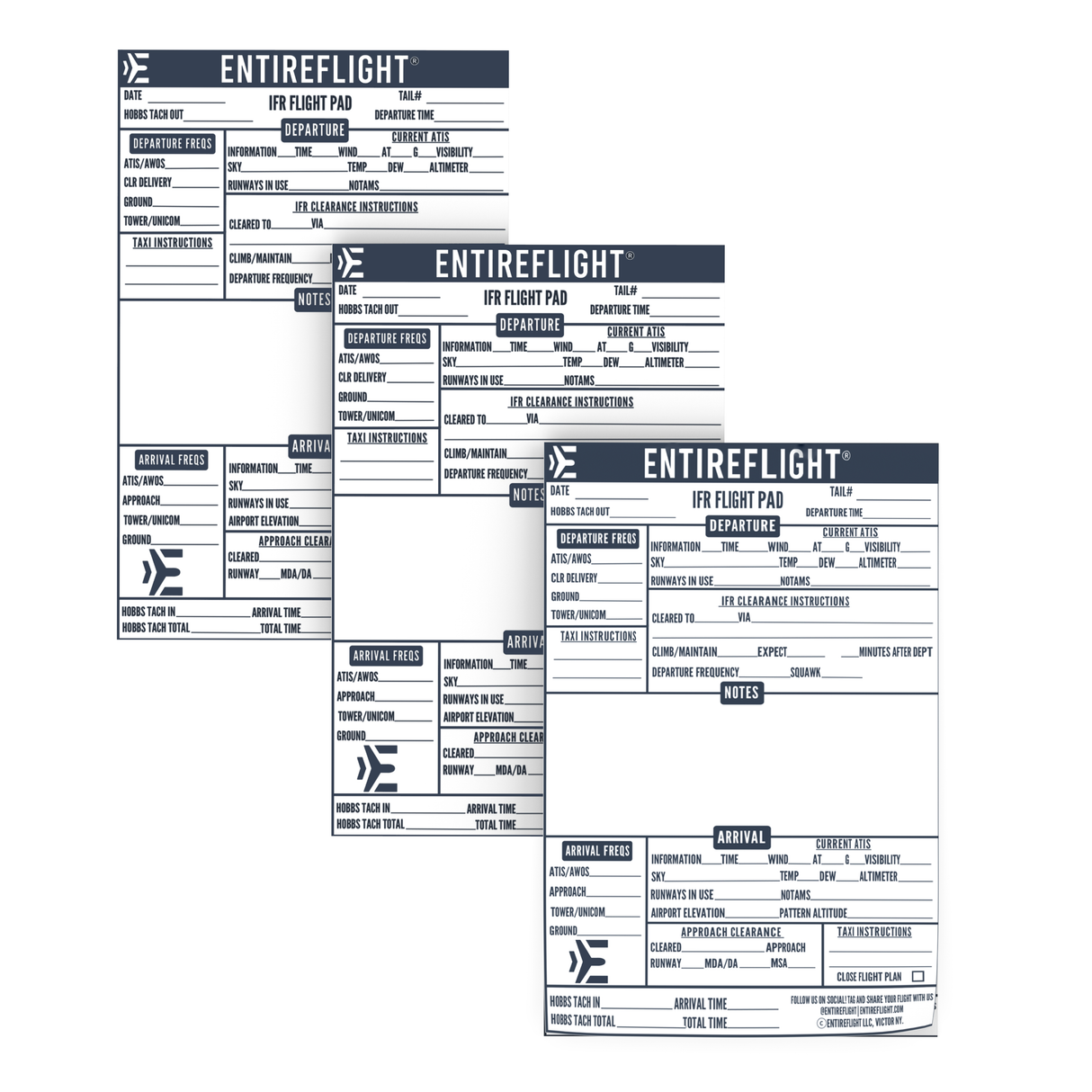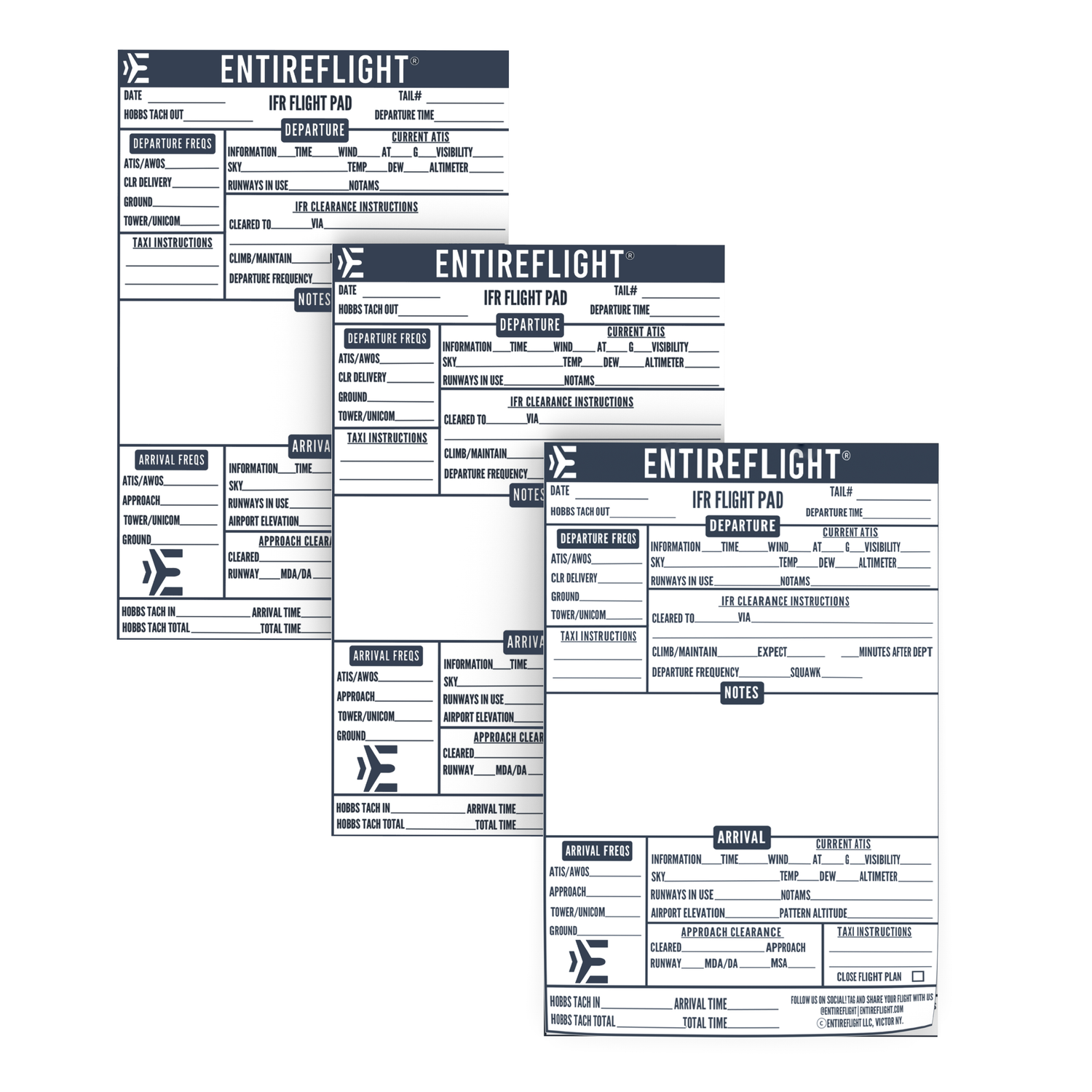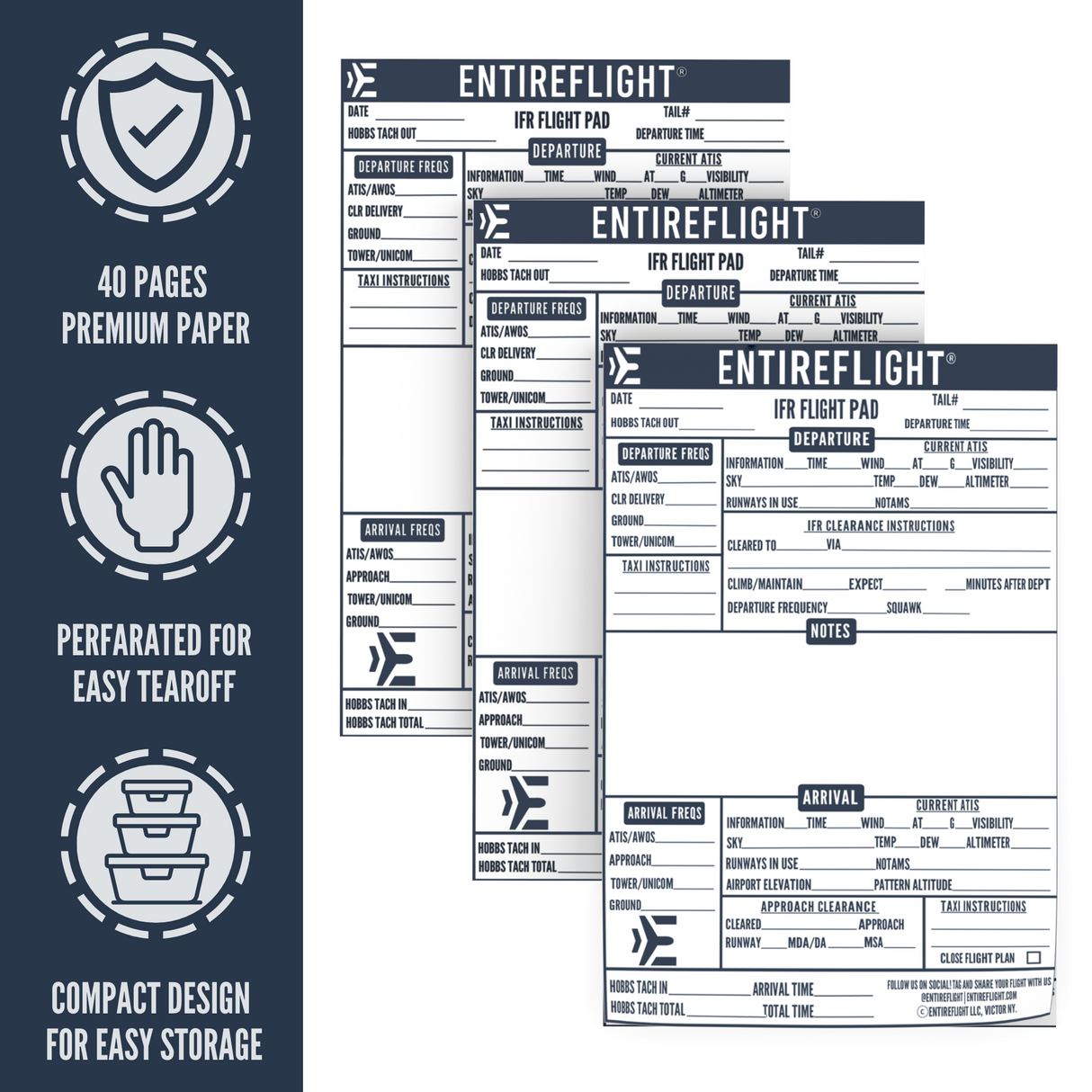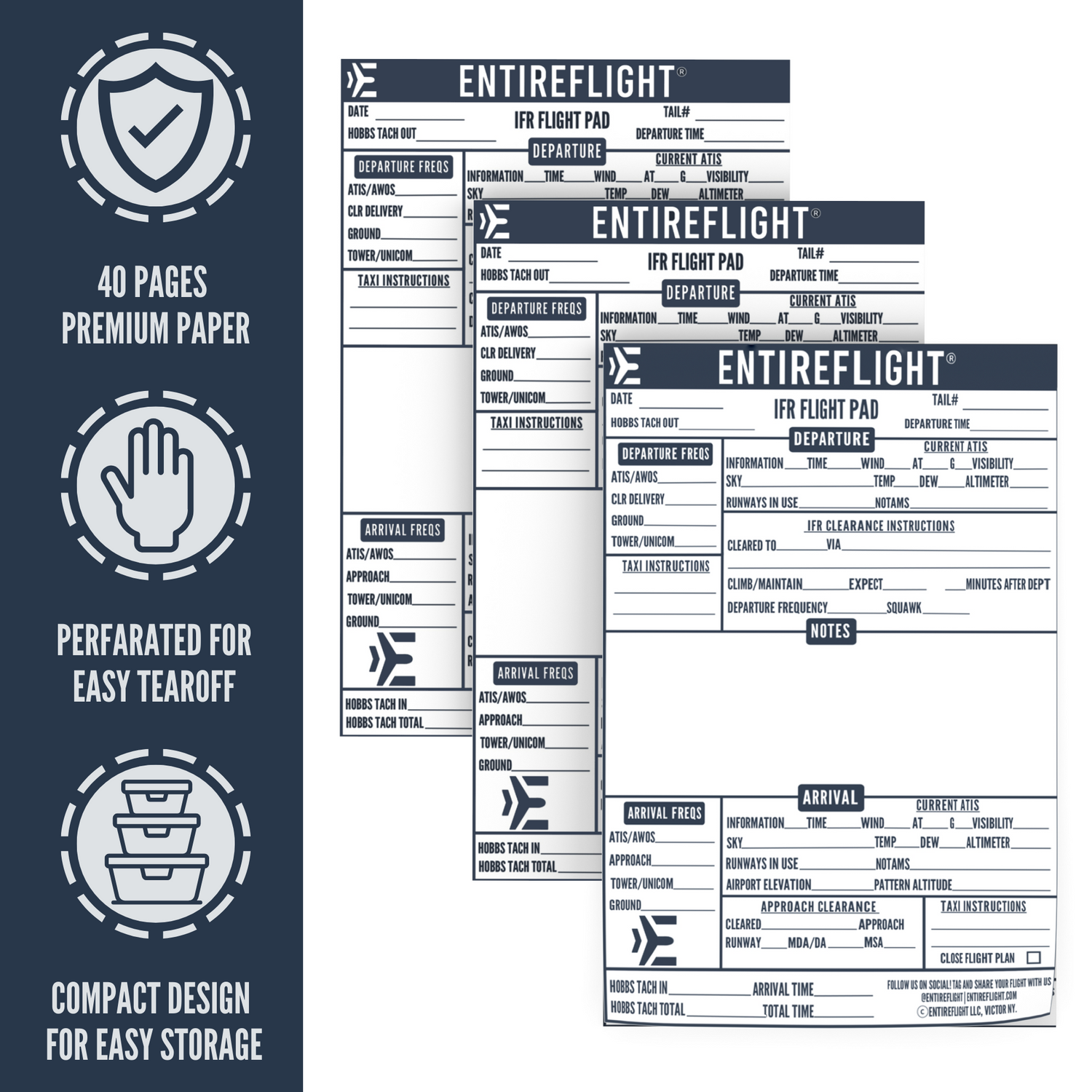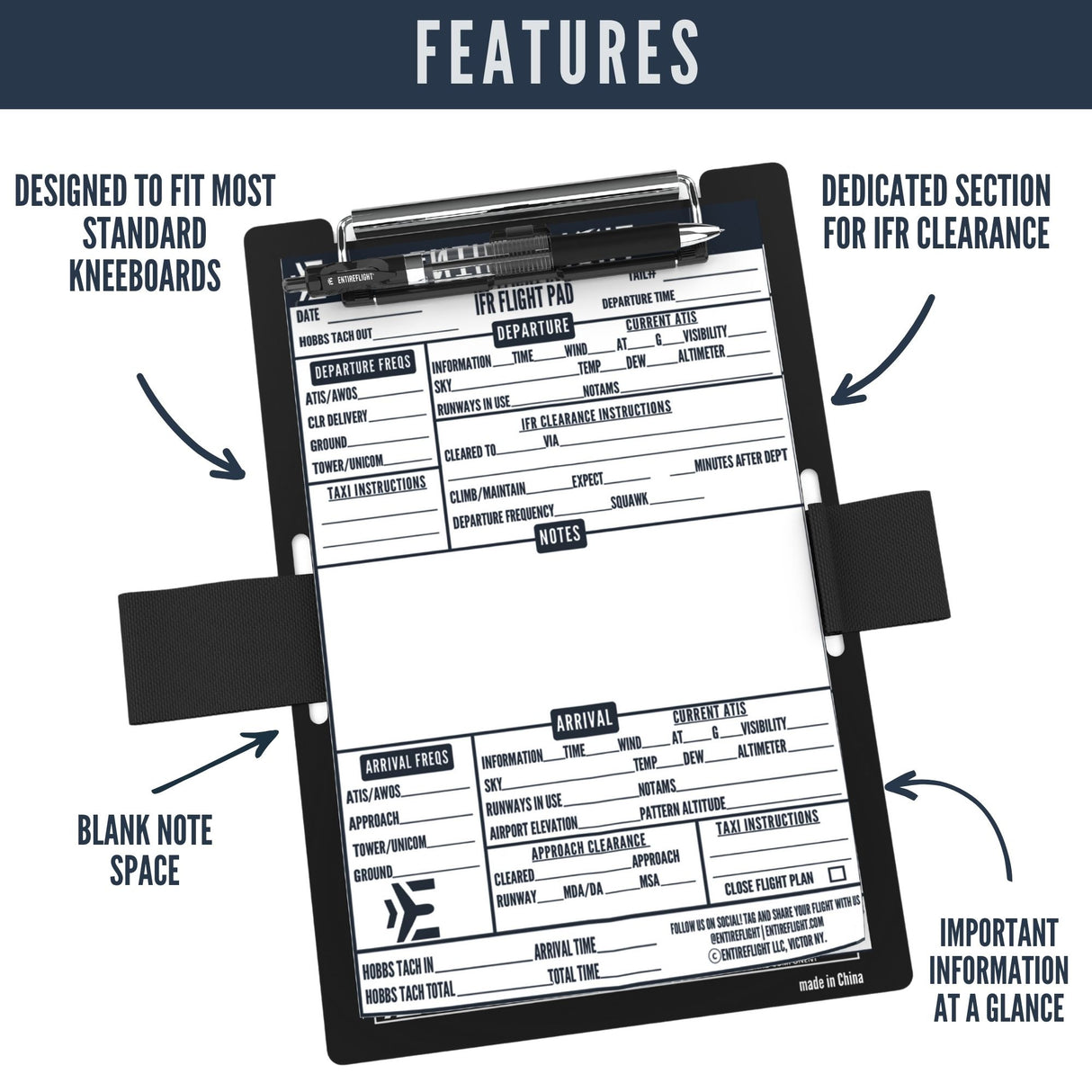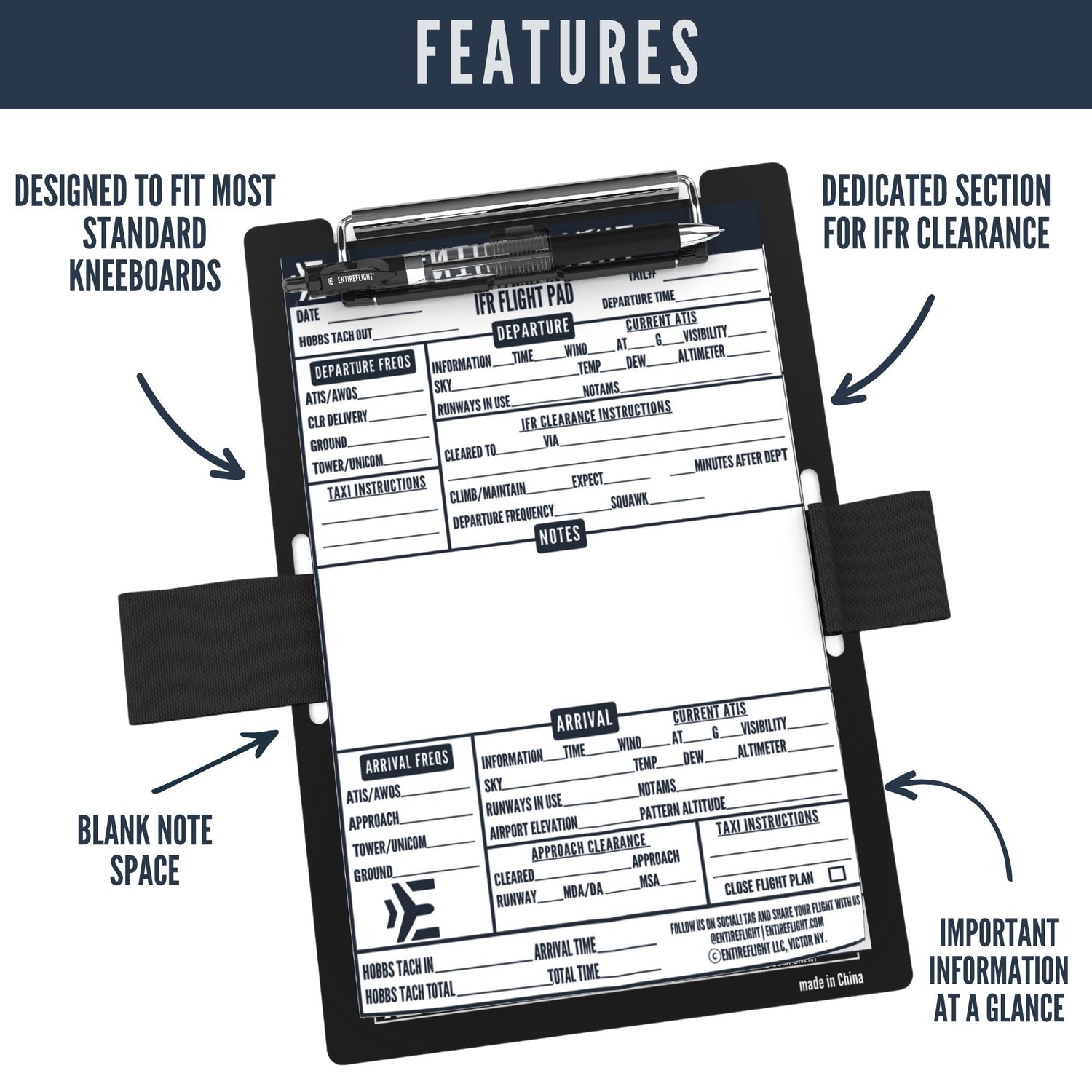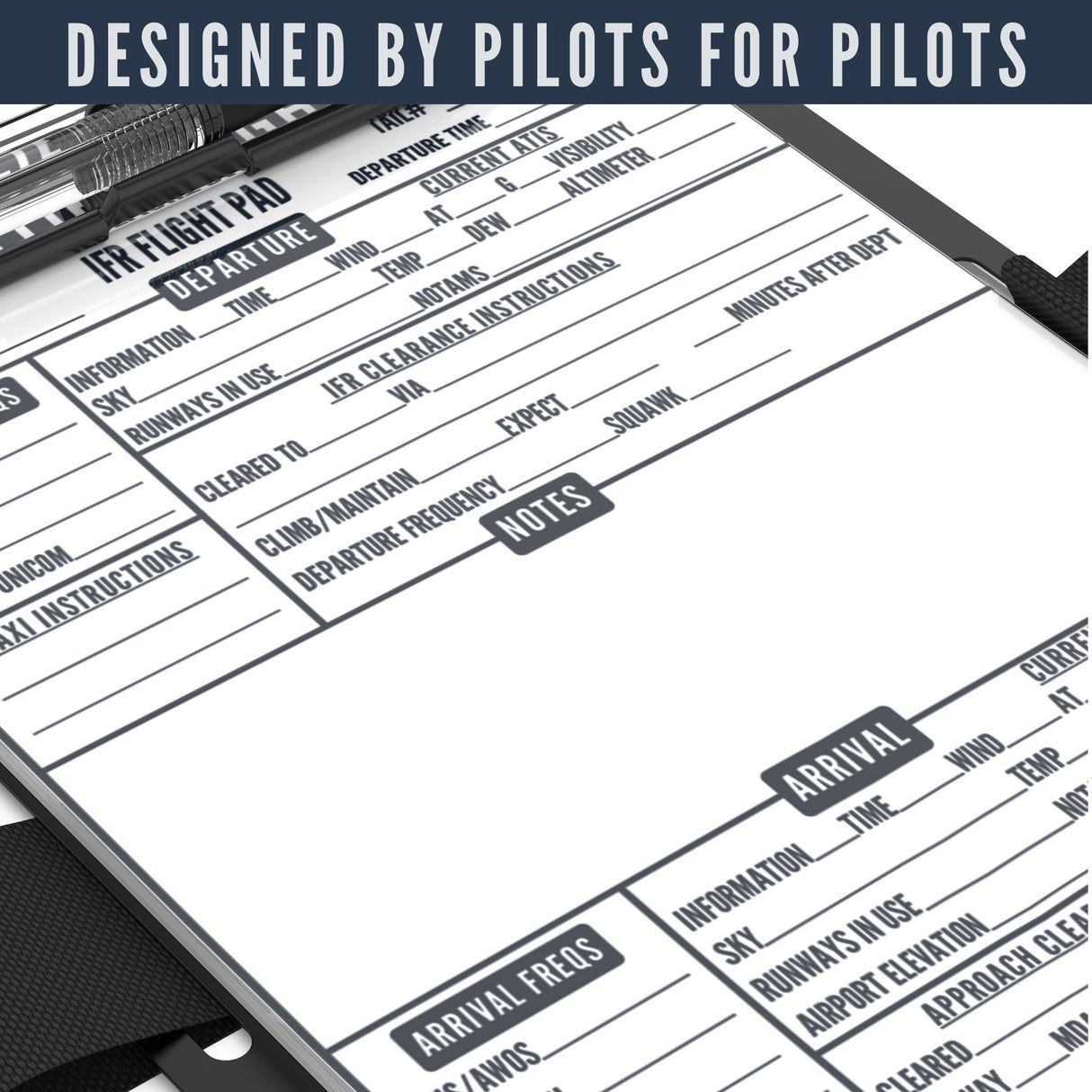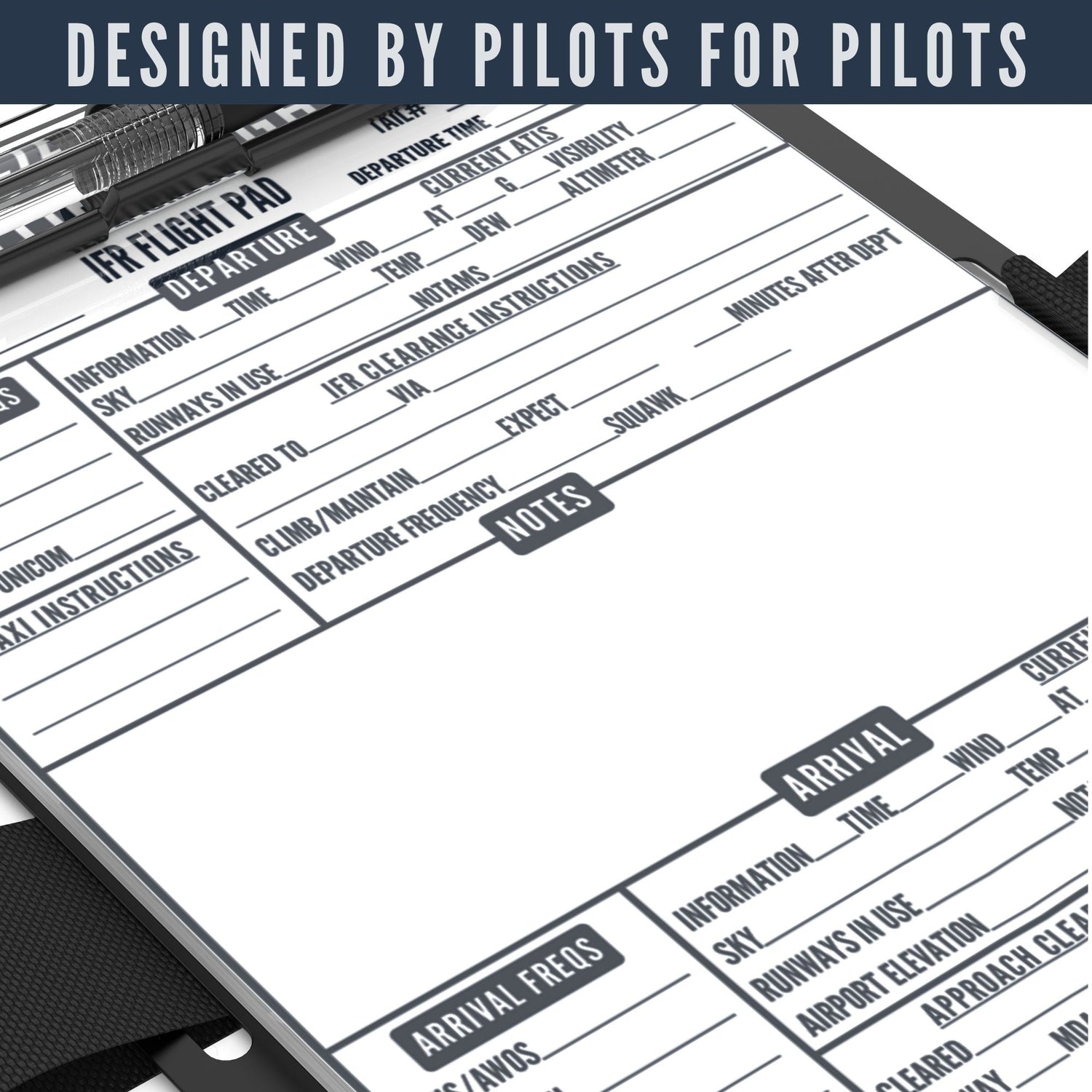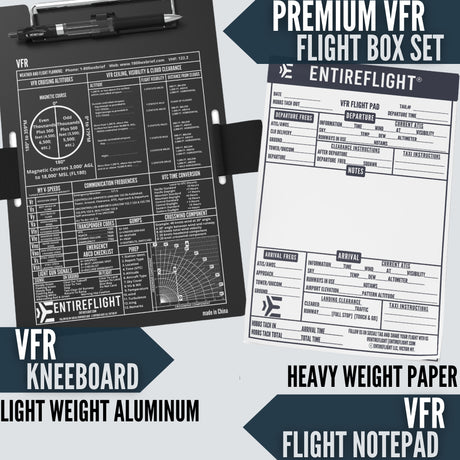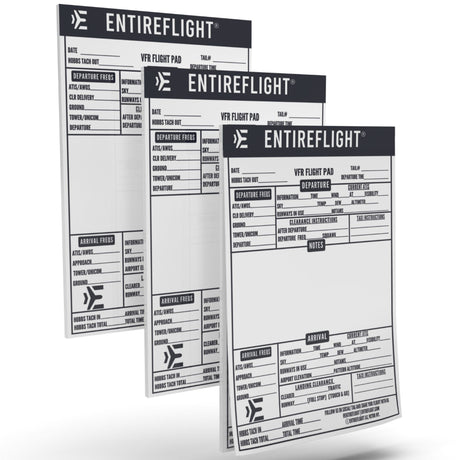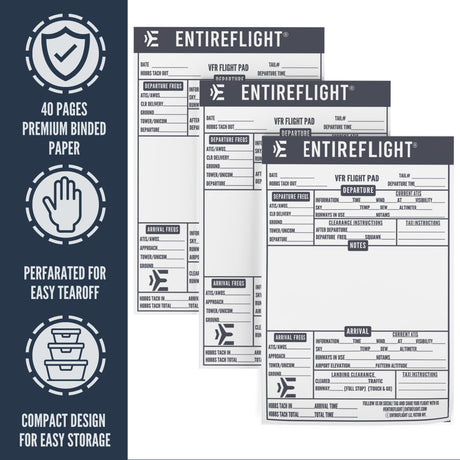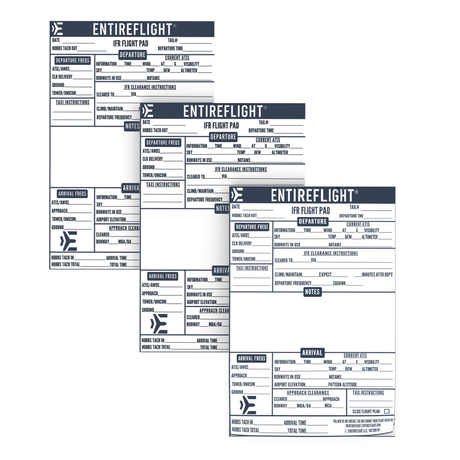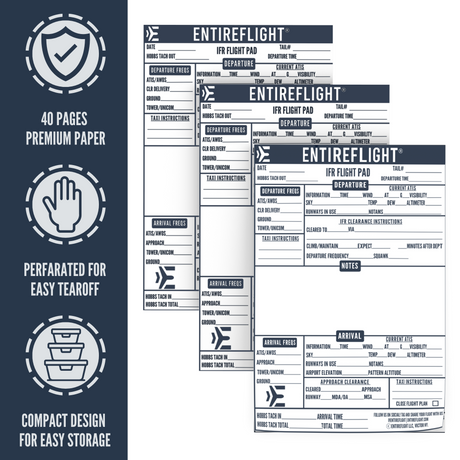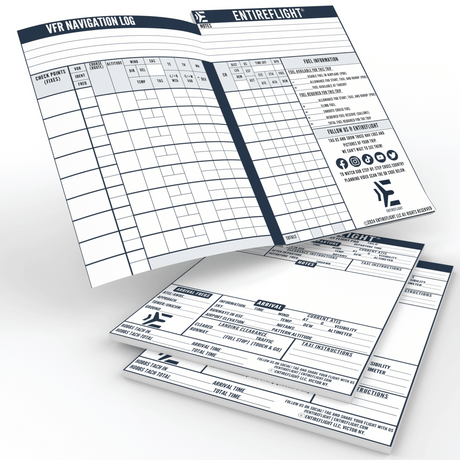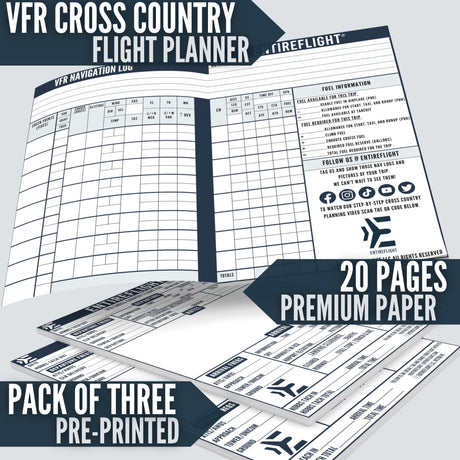If you're interested in a career in aerospace, becoming an air traffic controller could be a great option. Air traffic controllers are responsible for managing the flow of air traffic, ensuring that planes take off and land safely, and directing planes to their destinations. It's a challenging and rewarding job that requires a high level of skill and attention to detail.
To become an air traffic controller, you'll need to go through a rigorous training program and meet certain requirements. These requirements typically include a college degree or equivalent work experience, as well as passing a series of tests and evaluations. Once you've completed the training program and earned your certification, you'll be ready to start your career as an air traffic controller.
In this article, we'll take a closer look at the steps you can take to become an air traffic controller, including the education and training requirements, the certification process, and the skills you'll need to succeed in this challenging and rewarding field. Whether you're just starting out in your career or looking for a new challenge, becoming an air traffic controller could be the perfect choice for you.
Understanding the Role of an Air Traffic Controller
If you're interested in becoming an air traffic controller, it's important to understand the role and responsibilities of this profession. Air traffic controllers are responsible for directing and monitoring ground traffic and flight paths to ensure safe distances between aircraft. They are the guardians of our skies, responsible for ensuring the safety of pilots and passengers.
As an air traffic controller, you will be responsible for managing communication by transferring control of departing flights to traffic control centers and accepting control of arriving flights. You will work in towers at the airport, overseeing runways and air traffic within about 30 miles of an airport.
The duties of an air traffic controller are critical to the aviation industry, and the job can be extremely stressful. You will be responsible for the movement and direction of thousands of lives onboard commercial and general aviation aircraft. You must be able to handle high-pressure situations and make quick decisions to ensure the safety of everyone involved.
Air traffic controllers must have excellent communication skills, as they are responsible for directing pilots during takeoff and landing. They must be able to communicate clearly and effectively with pilots and other air traffic control specialists to ensure that everyone is on the same page.
In summary, the role of an air traffic controller is critical to the safety of the aviation industry. It is a highly stressful job that requires excellent communication skills, quick decision-making abilities, and the ability to handle high-pressure situations. If you're interested in pursuing a career as an air traffic controller, it's important to understand the responsibilities and duties that come with this profession.
Types of Air Traffic Controllers
Air traffic controllers are responsible for ensuring the safety of aircraft in the airspace they are responsible for. They are classified into different types based on the location and nature of their work. Here are the types of air traffic controllers:
Tower Controllers
Tower controllers, also known as tower operators, work in control towers at airports. They are responsible for overseeing the movement of aircraft on the runways and taxiways. They use visual observation and communication with pilots to ensure the safe and efficient flow of traffic. Tower controllers usually work in teams and are responsible for a specific area of the airport.
En Route Controllers
En route controllers work in air traffic control centers and are responsible for guiding aircraft from one airport to another. They monitor aircraft that are flying at high altitudes and long distances. En route controllers use radar and communication with pilots to ensure the safe and efficient flow of traffic. They also provide pilots with weather information and other important updates.
Control Towers
Control towers are the central hub of airport operations. They are responsible for coordinating the movement of aircraft on the ground and in the air. Control towers work in conjunction with other air traffic control facilities to ensure the safe and efficient flow of traffic. They use radar, communication with pilots, and visual observation to monitor aircraft movement.
Approach Control Facilities
Approach control facilities are responsible for guiding aircraft as they approach an airport. They work in conjunction with tower controllers to ensure the safe and efficient flow of traffic. Approach control facilities use radar and communication with pilots to monitor aircraft movement. They also provide pilots with important information, such as weather updates and runway conditions.
Radar Facilities
Radar facilities are responsible for monitoring aircraft movement in a specific area of airspace. They use radar to track aircraft and communicate with pilots to ensure the safe and efficient flow of traffic. Radar facilities work in conjunction with other air traffic control facilities to ensure the safe movement of aircraft.
In conclusion, there are different types of air traffic controllers, each responsible for ensuring the safe and efficient flow of traffic in their specific area of airspace. Whether you work in a control tower, an air traffic control center, or a radar facility, your job is crucial to the safety of the flying public.
Eligibility and Requirements
To become an air traffic controller, there are certain eligibility and requirements that you must meet. Here's what you need to know:
Citizenship
Firstly, you must be a U.S. citizen. This is a non-negotiable requirement, and you must be able to prove your citizenship with a valid passport or birth certificate.
Age
You must be at least 18 years old to become an air traffic controller.
Education
There are no specific education requirements to become an air traffic controller, but you must have a high school diploma or equivalent. Some positions may require a bachelor's degree, but this is not always the case.
Work Experience
You must have at least three years of general work experience or a combination of education and work experience. However, certain exceptions may apply.
Background Check
You must pass a comprehensive background check, including a criminal history check and a credit check.
Physical and Medical Evaluation
You must pass a physical and medical evaluation to ensure that you meet the physical and medical requirements for the job. This includes a drug screening.
English Language Proficiency
You must be able to speak English clearly enough to be understood over communications equipment.
Overall, becoming an air traffic controller requires a combination of education, work experience, and physical and medical fitness. If you meet these eligibility and requirements, you may be well-suited for a career as an air traffic controller.
Training and Certification
Becoming an air traffic controller requires rigorous training and certification. The FAA Academy in Oklahoma City provides technical training in the Air Traffic Control Specialist occupation, with in-depth, comprehensive courses for both the Terminal (Tower) and the En Route options. The training begins with classroom instruction and quickly moves into real-life simulation. The FAA experts will walk you through everything from the application process to training at the FAA Academy and certification.
To become an air traffic controller, you must first pass the Air Traffic Skills Assessment (ATSA), which is a computer-based test that measures your ability to perform the duties of an air traffic controller. The ATSA consists of six subtests: memory, math, logic, reading comprehension, spatial reasoning, and situational judgment. You must score at least 70% on each subtest to be considered for further development.
If you pass the ATSA, you will then move on to the development phase, which includes on-the-job training. During this phase, you will receive intensive training on the specific duties of an air traffic controller. The FAA Academy provides training in both the Terminal (Tower) and the En Route options. The training includes classroom instruction, simulations, and on-the-job training.
The Air Traffic Collegiate Training Initiative (AT-CTI) is a program that provides students with the opportunity to receive an education in air traffic control. The program is available at several colleges and universities across the United States. The program includes classroom instruction, simulations, and on-the-job training.
In conclusion, becoming an air traffic controller requires rigorous training and certification. The FAA Academy in Oklahoma City provides technical training in the Air Traffic Control Specialist occupation, with in-depth, comprehensive courses for both the Terminal (Tower) and the En Route options. The Air Traffic Collegiate Training Initiative (AT-CTI) is a program that provides students with the opportunity to receive an education in air traffic control.
Applying for the Job
Becoming an air traffic controller is a highly competitive process, but it can be a rewarding career for those who are passionate about aviation and have the necessary skills and qualifications. Here are the steps you need to take to apply for an air traffic controller position:
1. Check Your Eligibility
Before you apply for an air traffic controller job, make sure you meet the eligibility requirements. According to the Federal Aviation Administration (FAA), applicants must be U.S. citizens, speak English clearly and be under the age of 31. Additionally, they must pass a medical examination and a security clearance.
2. Search for Job Openings
The FAA posts air traffic controller job openings on the USAJOBS website. You can search for job openings by location, salary, and job title. Make sure to read the job posting carefully to ensure you meet all the requirements and qualifications.
3. Submit Your Resume and Required Documents
When you find a job opening that you are interested in, submit your resume and required documents through the USAJOBS website. The required documents may include your transcripts, proof of citizenship, and other supporting documents. Make sure to submit all the required documents before the closing date of the job posting.
4. Take the Required Tests
If your resume and documents are accepted, you will be invited to take several tests, including the Air Traffic Selection and Training (AT-SAT) test and the Biographical Assessment. These tests measure your ability to perform the duties of an air traffic controller, including your ability to multitask, work under pressure, and make quick decisions.
5. Attend the Academy
If you pass the tests, you will be invited to attend the FAA Academy in Oklahoma City, Oklahoma. The academy provides training for all new air traffic controllers, including an introduction to the National Airspace System and the principles of air traffic control. The training program can take up to three months to complete.
6. Start as an Entry-Level Applicant
After you complete the academy, you will start your career as an entry-level air traffic controller. You will work under the supervision of a developmental controller and receive on-the-job training. Once you have gained enough experience and passed all the required exams, you will be certified as a full-fledged air traffic controller.
In summary, applying for an air traffic controller job requires you to meet the eligibility requirements, search for job openings, submit your resume and required documents, take the required tests, attend the academy, and start as an entry-level applicant. If you are passionate about aviation and have the necessary skills and qualifications, becoming an air traffic controller can be a rewarding career.
Career Development and Progression
Becoming an air traffic controller can be a rewarding career choice, and with the right training and experience, you can progress through the ranks and take on more responsibility. Here are some things to keep in mind as you develop your career in air traffic control:
Entry-Level Positions
To get started in air traffic control, you will need to meet certain requirements and complete a rigorous training program. Most air traffic controllers start out as trainees, learning the basics of the job and gaining on-the-job experience. As you gain experience and demonstrate your skills, you can move up to more advanced positions.
Work Experience
Air traffic controllers typically need several years of on-the-job experience before they can advance to higher-level positions. During this time, you will gain valuable experience in different areas of air traffic control, such as tower operations, approach control, and en route control. You may also have the opportunity to work in specialized areas, such as weather or flight data.
Career Development
As you gain experience and demonstrate your skills, you may have the opportunity to advance through the ranks of air traffic control. This can involve taking on more responsibility, managing teams of controllers, and working on complex projects. You may also have the opportunity to move into management or supervisory roles.
Industry Trends
The aviation industry is constantly evolving, and air traffic control is no exception. As new technologies and systems are developed, air traffic controllers will need to stay up-to-date with the latest trends and developments. This may involve ongoing training and education, as well as staying informed about changes to regulations and industry standards.
Aviation Career Path
Air traffic control can be a great career choice for those interested in aviation. As an air traffic controller, you will play a critical role in ensuring the safety and efficiency of the aviation system. You will work closely with pilots, airlines, and other stakeholders to keep the skies safe and moving smoothly.
In conclusion, a career in air traffic control can be both challenging and rewarding. With the right training and experience, you can develop your skills and progress through the ranks, taking on more responsibility and advancing your career.
Salary and Benefits
As an air traffic controller, you can expect to earn a comfortable salary. According to the U.S. Bureau of Labor Statistics, the median annual wage for air traffic controllers was $129,750 in May 2021. The national average salary for an air traffic controller is $57,197 per year, with salaries ranging from $14,000 to $130,000 depending on the location of the facility, complexity of the flight path, and other factors. Typically, salaries increase according to each level of training the air traffic controller completes.
In addition to a competitive salary, air traffic controllers receive a comprehensive benefits package. Federal employees, including air traffic controllers, are eligible for a variety of benefits, including health insurance, life insurance, and retirement benefits. The benefits package also includes paid vacation, sick leave, and holidays.
Air traffic controllers are eligible for a retirement plan that is similar to a 401(k) plan. The Federal Employees Retirement System (FERS) allows air traffic controllers to contribute to their retirement plan, and the government matches their contributions up to a certain amount. The retirement plan also includes a pension plan, which provides a guaranteed income for life.
Air traffic controllers also receive health insurance benefits, which cover medical, dental, and vision care. The government pays a portion of the premium, and air traffic controllers are responsible for the remaining portion. The health insurance benefits also include coverage for prescription drugs.
In summary, air traffic controllers enjoy a competitive salary and a comprehensive benefits package that includes health insurance, life insurance, retirement benefits, paid vacation, sick leave, and holidays. The median annual wage for air traffic controllers is $129,750, and salaries increase with each level of training completed. As a federal employee, air traffic controllers are also eligible for retirement benefits through the Federal Employees Retirement System (FERS).
Understanding FAA and ATC
If you are interested in becoming an air traffic controller, it is important to understand the role of the Federal Aviation Administration (FAA) and Air Traffic Control (ATC). The FAA is responsible for regulating and overseeing all aspects of civil aviation in the United States. The ATC system is a vital component of the FAA's mission to ensure safe and efficient air travel.
The FAA oversees the operation of more than 14,000 air traffic controllers across the country, who work in airport towers and radar facilities. These controllers are responsible for managing the flow of air traffic, ensuring that planes take off and land safely, and guiding planes through the skies.
To become an air traffic controller, you must first complete the FAA Academy's Air Traffic Control training program. This program provides you with the knowledge and skills necessary to work in the ATC system. The program includes both classroom instruction and on-the-job training.
After completing the training program, you will be assigned to an FAA facility, where you will work as an air traffic controller. The FAA facility you are assigned to will depend on a variety of factors, including your performance during training and the needs of the FAA.
Working as an air traffic controller can be a challenging and rewarding career. You will be responsible for ensuring the safety of thousands of passengers every day. You will also need to be able to work well under pressure, make quick decisions, and communicate effectively with pilots and other air traffic controllers.
Overall, the FAA and ATC play a critical role in ensuring the safety and efficiency of air travel in the United States. If you are interested in becoming an air traffic controller, it is important to understand the role of these organizations and the training required to work in the ATC system.
Challenges and Rewards of the Job
Becoming an air traffic controller is a highly rewarding career path. However, it is also a challenging one. Here are some of the challenges and rewards you can expect if you decide to pursue this career:
Challenges
Stressful
One of the biggest challenges of being an air traffic controller is the level of stress involved in the job. As an air traffic controller, you will be responsible for the safety of hundreds of passengers on a daily basis. You will need to be able to make quick decisions and remain calm under pressure, even in high-stress situations.
Communication Skills
Another challenge of being an air traffic controller is the need for excellent communication skills. You will need to be able to communicate clearly and effectively with pilots and other air traffic controllers to ensure the safe and efficient flow of air traffic.
Safety
Safety is of utmost importance in air traffic control. You will need to be able to identify potential safety hazards and take proactive steps to prevent accidents from occurring.
Rewards
Job Satisfaction
Despite the challenges, being an air traffic controller can be an incredibly rewarding career. You will have the satisfaction of knowing that you are playing a crucial role in ensuring the safety of air travel.
High Salary
Air traffic controllers are well-compensated for their work. According to the Federal Aviation Administration, the median annual salary for air traffic controllers is over $120,000.
Job Security
Air traffic control is a highly specialized field, and there is a constant demand for qualified controllers. This means that job security is high, and there are plenty of opportunities for advancement within the field.
In conclusion, becoming an air traffic controller is a challenging but highly rewarding career path. If you have excellent communication skills, the ability to remain calm under pressure, and a strong commitment to safety, this may be the perfect career for you.
Industry Overview
If you're interested in a career in the aviation industry, becoming an air traffic controller could be a great option for you. Air traffic controllers are responsible for ensuring the safe and efficient movement of aircraft in the sky and on the ground. They work in operations centers, monitoring aircraft movements on radar screens and communicating with pilots to provide guidance on takeoff, landing, and other maneuvers.
The job of an air traffic controller is crucial to the safety of aircraft, pilots, passengers, and those on the ground. They must be able to work well under pressure and make quick decisions in high-stress situations. Air traffic controllers must also be able to work in a team environment, as they often work with other controllers to manage the flow of aircraft in and out of airports.
According to the Bureau of Labor Statistics, the median annual salary for air traffic controllers in 2021 was $129,750. The job outlook for air traffic controllers is positive, with a projected growth rate of 1% from 2020 to 2030.
To become an air traffic controller, you typically need an associate's or bachelor's degree from the Air Traffic Collegiate Training Initiative program, several years of progressively responsible work experience, or a combination of education and experience. You must also pass a rigorous selection process that includes medical and psychological evaluations, as well as training at the FAA Academy.
Air traffic controllers work in a variety of locations, including control towers, approach control facilities, and en route centers. They must be able to work in all types of weather conditions and be able to adapt to changes in traffic flow and other variables.
Overall, becoming an air traffic controller can be a challenging and rewarding career option for those interested in the aviation industry. It requires a high level of skill, attention to detail, and the ability to work well under pressure. If you're up for the challenge, a career as an air traffic controller could be a great choice for you.
Further Resources
Becoming an air traffic controller is a challenging and rewarding career path for those who are interested in aviation. If you are considering this career, there are many resources available to help you learn more about the job and the steps you need to take to become an air traffic controller.
FAA Resources
The Federal Aviation Administration (FAA) is the government agency responsible for regulating air traffic control in the United States. The FAA website has a wealth of information on air traffic control careers, including eligibility requirements, the hiring process, and training programs. You can also find information on air traffic control facilities and job opportunities on the FAA website.
Podcasts
Podcasts are a great way to learn more about air traffic control and hear from professionals in the field. The Air Up There Podcast by the FAA is a great resource for those interested in aviation careers. The podcast covers a variety of topics related to air traffic control, including interviews with air traffic controllers and discussions on the latest technologies and trends in the industry.
Research
Researching the air traffic control industry can provide valuable insights into the job and the skills required to be successful. The Bureau of Labor Statistics (BLS) provides information on job outlook, salary, and education requirements for air traffic controllers. Additionally, websites such as CareerExplorer and BestColleges offer in-depth guides on how to become an air traffic controller and what to expect from the job.
Professional Organizations
Joining a professional organization can be a great way to network with other air traffic controllers and stay up to date on industry news and trends. The National Air Traffic Controllers Association (NATCA) is the largest professional organization for air traffic controllers in the United States. NATCA offers resources for those interested in becoming air traffic controllers, as well as support and advocacy for current air traffic controllers.
Conclusion
Becoming an air traffic controller requires dedication, hard work, and a passion for aviation. By utilizing the resources available, you can gain a better understanding of the job and the steps you need to take to achieve your career goals.
Frequently Asked Questions
What are the requirements to become an air traffic controller?
To become an air traffic controller, you must be a U.S. citizen and pass a medical exam, security clearance, and FAA pre-employment tests. You must also have a combination of education and experience, such as a bachelor's degree or three years of progressively responsible work experience. For more information on the specific requirements, visit the FAA's Be ATC page.
How long does it take to complete air traffic controller training?
The FAA's air traffic controller training program is rigorous and can take up to three years to complete. The program consists of classroom instruction, simulation training, and on-the-job training. During this time, trainees learn about air traffic control procedures, aviation regulations, and communication skills. For more information about the training program, visit the FAA's Air Traffic Collegiate Training Initiative page.
What is the average salary of an FAA air traffic controller?
According to the Bureau of Labor Statistics, the median annual salary for air traffic controllers was $129,750 in 2021. However, salaries can vary depending on location, level of experience, and other factors. For more information about air traffic controller salaries, visit BestColleges.
Are there any age restrictions for becoming an air traffic controller?
Yes, applicants must be younger than 31 years old before the closing date of the application period, with limited exceptions. For more information about age requirements, visit the FAA's Be ATC page.
What is the hiring process like for FAA air traffic controller jobs?
The hiring process for FAA air traffic controller jobs can be competitive and lengthy. It typically involves an online application, assessments, an interview, and a medical and security clearance. For more information about the hiring process, visit the FAA's Be ATC page.
Can individuals with ADHD become air traffic controllers?
Individuals with ADHD may be eligible to become air traffic controllers if they can demonstrate that their condition is well-controlled and does not interfere with their ability to perform the job. For more information about medical requirements, visit the FAA's Medical Certification page.

